3 Tips to Help You Plan Your Puglia Summer Accommodations
Planning a summer trip to Puglia? These three tips will help you avoid a hotel disaster.
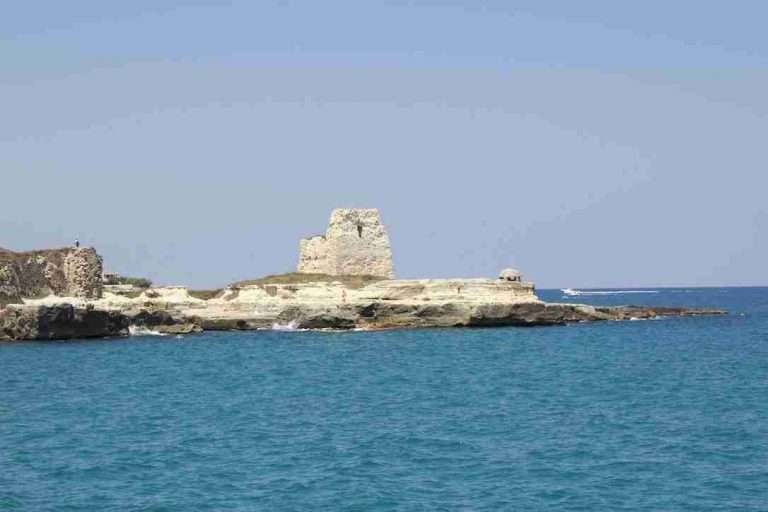
Planning a summer trip to Puglia? These three tips will help you avoid a hotel disaster.
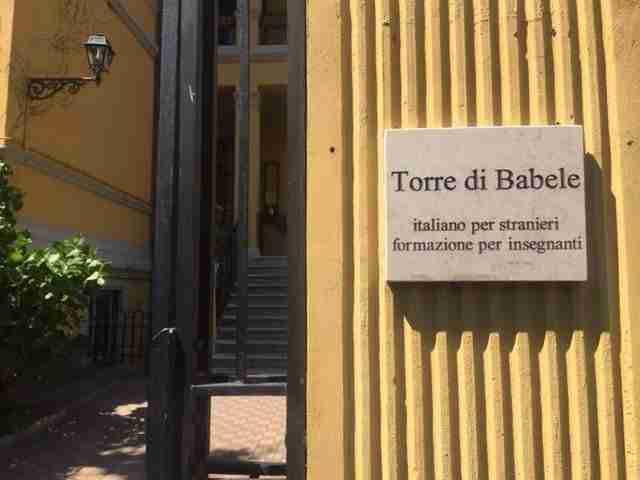
Take your Italian language skills to a new level with an Italian immersion course in Italy.

To ring in the New Year, my family and I rented a farmhouse for a few days on the outskirts of Ferrara. Thinking back to the trip, the timing wasn’t ideal. Ferrara was freezing and on New Year’s Eve, the fog was so thick on our drive into town to watch the fireworks over Castello…
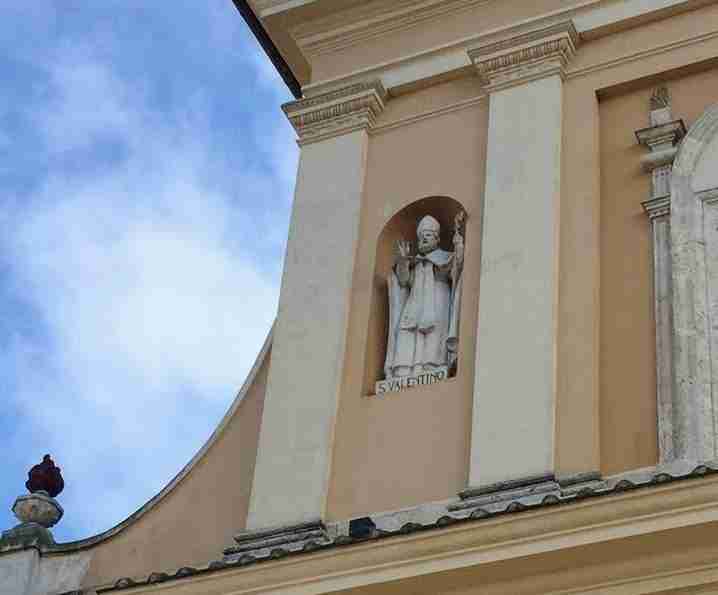
Saint Valentine, a Christian bishop from Umbria, was martyred in Rome in the 3rd century AD. Learn more about his life, death, and legend.
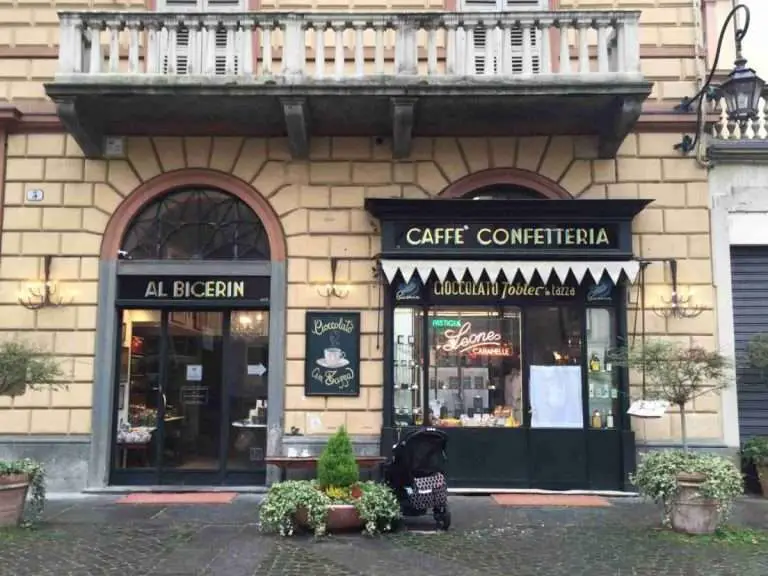
The bicerin is an important part of the coffee culture in Torino (Turin). Learn more about the bicerin.

The grey felt cap adorned with a black raven feather worn by old northern Italian men and some modern-day camouflaged troops is known as the Cappello Alpino. This recognizable cap signifies that the wearer is or was a member of the Alpini, an elite corps of the Italian army that is most closely associated with…

Reflection is part of the prescription for moving from one year into the next. So while I wanted to write a year-end round-up a month ago, I realized that such an article would not fully capture the joys, sorrows, and idiosyncrasies of being an expat resident and traveler in Italy. Five is an arbitrary number,…
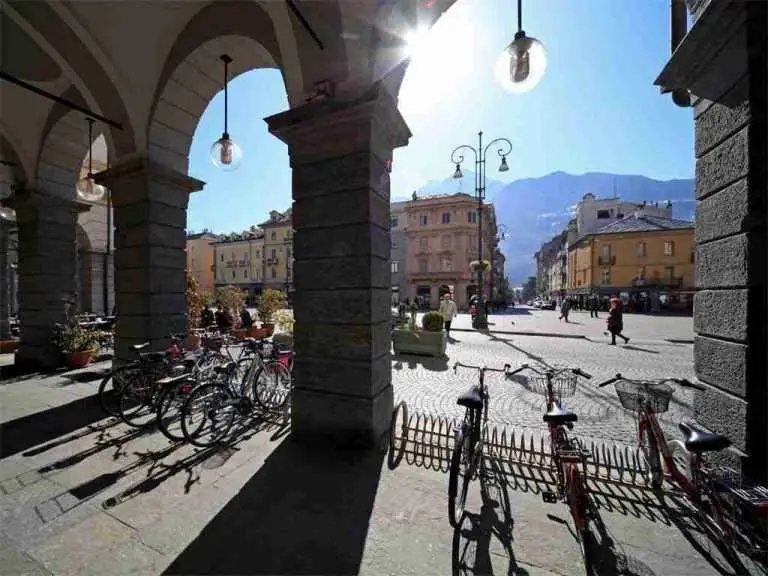
Considering a move to Italy? The annual quality of life index will provide you a starter checklist of factors to keep in mind.
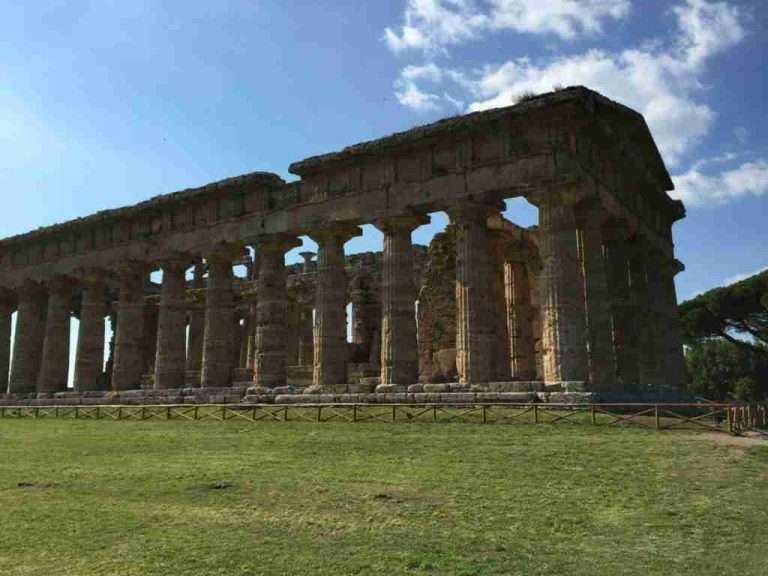
If you tell a Roman that you are going Paestum for the weekend, invariably he or she will tell you: “Make sure you pick up some mozzarella di bufala.” Paestum and Its Greek Roots and Ruins Paestum is a sight to see without the culinary pit stop. A city known as “Poseidonia” when it was part…
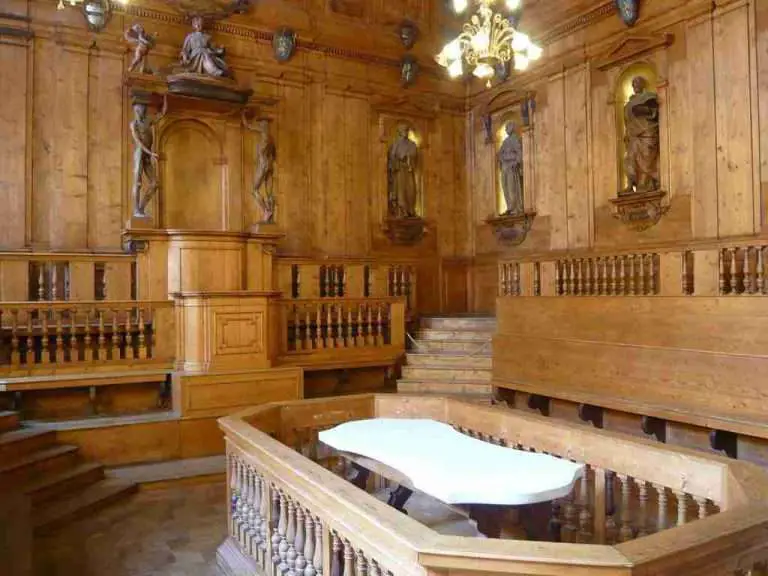
Much of what we know today about anatomy was first discovered and documented in Renaissance Italy.
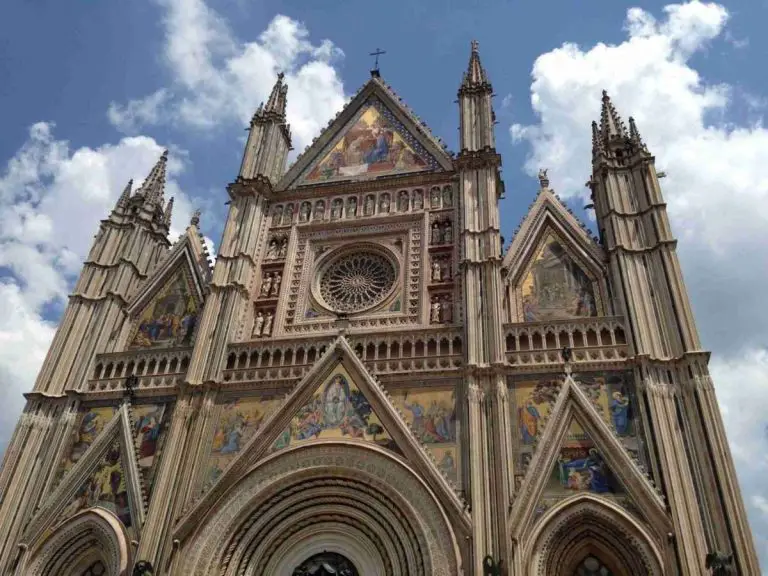
In 1499, Tuscan artist Luca Signorelli signed a contract to paint two remaining sections of the Cappella Nuova (new chapel) of the Duomo in the Umbrian town of Orvieto. By 1502 (or 1504, depending on which documentation you read), he had completed his “End of the World” fresco cycle in what is now known as the…
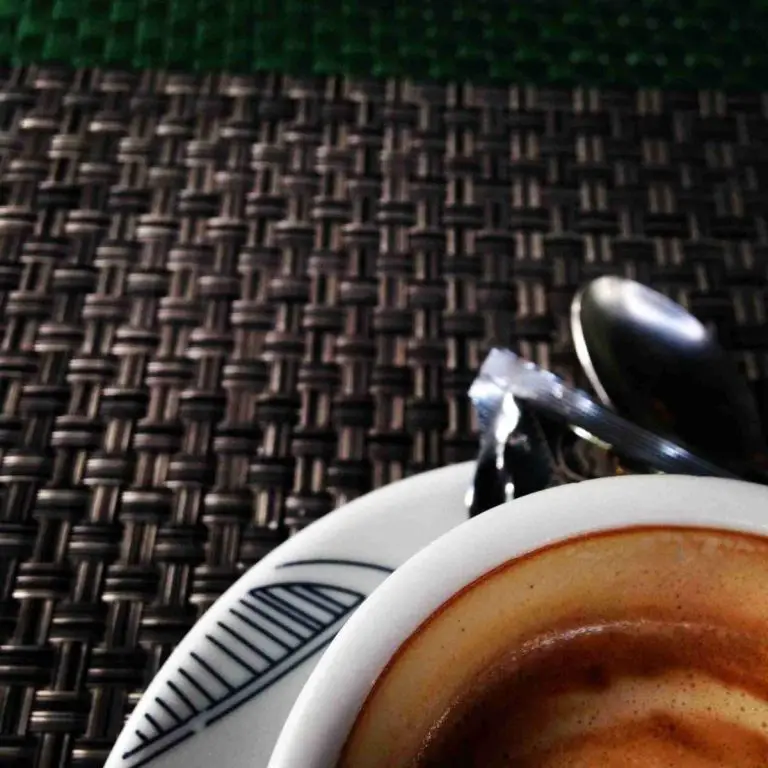
In the mornings after I’ve sent the kids off to school and tidied up the house I go down and have my morning cappuccino.

Veronese Green is named after Verona-born painter Paolo Caliari, also known as Veronese. I used the color to guide me on my travels in Venice.
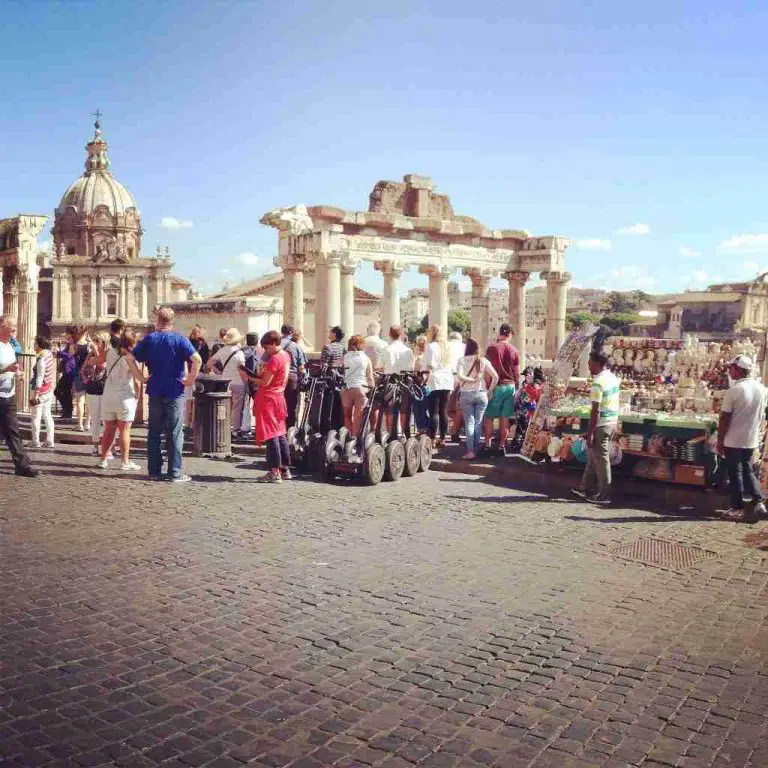
Trying to decide if a travel experience is authentic or not is like trying to separate “travelers” from “tourists.” That debate separates those who travel along class and age lines, with travelers proclaiming their experiences better, richer, more true than those of the tourists. There’s even a famous quote by G.K. Chesterton that delineates these…
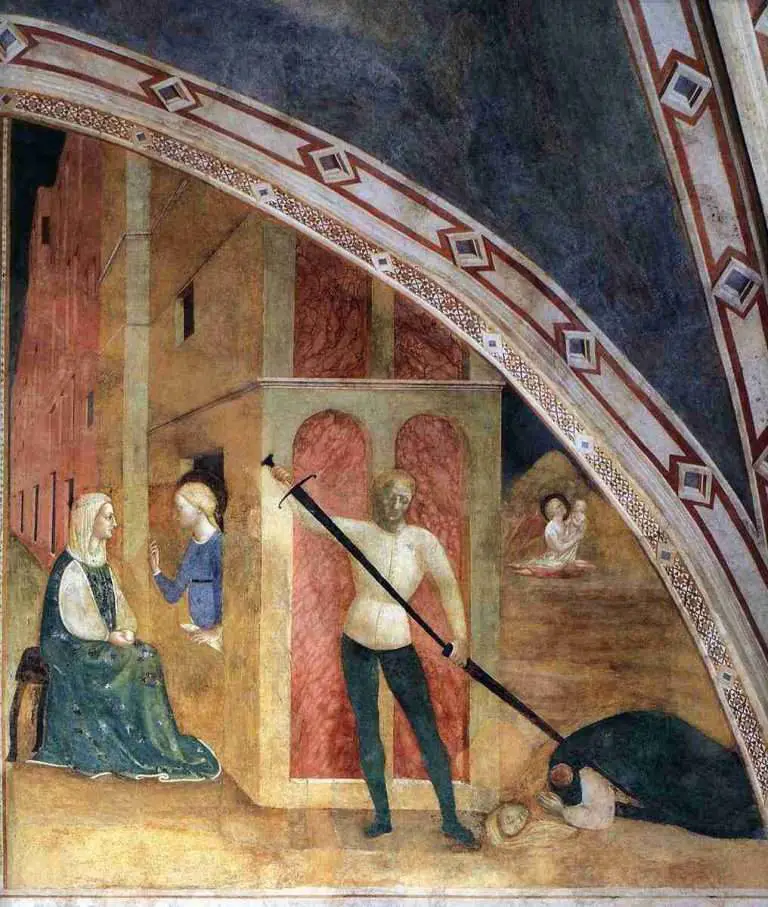
We admire Italy’s art and monuments for color, style, and the skillfulness of their creators. But the gruesome stories that many of these famous works depict are a reminder of real human suffering.

Rome is changing. Rome has changed. You hear those phrases around Rome all the time these days. Crime, corruption, unemployment, immigration, unreliable public transit, trash collection, the euro – Italy is in crisis and the prevailing mood among its citizens is one of resignation and exhaustion. This was most recently expressed cinematically with La Grande…

The prevailing travel wisdom about Italy has always been to avoid going to the country in August. “Don’t go to Italy in August!” they say, because it’s hot, many shops and restaurants are closed, and the cities are emptied out of residents and replaced by other tourists. All of this is quite true. But if…

This is what happens when you have writer’s block and you are supposed to write about Italy.